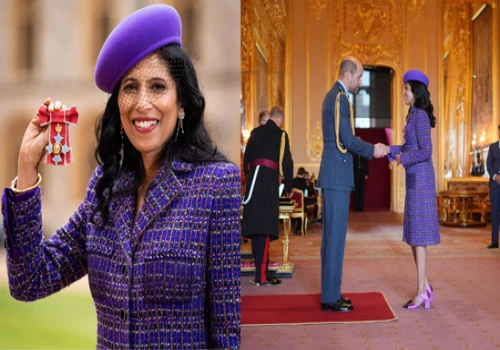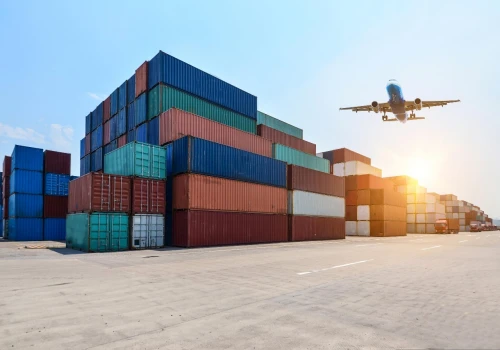
After a decade of massive investments in hydrocarbons and telecom, Reliance Industries, led by billionaire Mukesh Ambani, is gearing up for a strategic shift. Goldman Sachs, in a recent report, predicts Reliance will focus on the less capital-intensive sectors of retail and new energy over the next three years.This move comes after Reliance poured a staggering $125 billion into its oil and gas (hydrocarbon) and telecom businesses over the past ten years. The company successfully scaled up its O2C (oil to chemicals) operations and established a dominant position in the Indian telecom market with its aggressive 4G and 5G rollout.
Goldman Sachs expects Reliance's telecom business to transition into a strong free-cash-flow generator, alongside its already established cash cow, the O2C segment. With the nationwide 5G rollout nearing completion and potential tariff hikes on the horizon, the telecom sector is poised for significant profitability.
The rationale behind Reliance's strategic shift is clear: retail and new energy offer faster returns on investment compared to the hydrocarbon and telecom sectors. These industries typically require shorter gestation periods for setting up operational facilities. For instance, a solar power plant can be operational within two years, while a petrochemical complex might take five or more years to come online.
Goldman Sachs anticipates Reliance's capex (capital expenditure) to peak at $17.6 billion in the 2023 fiscal year, followed by a decline to $11.2 billion by 2026. This decrease is attributed to the completion of the capex cycle for hydrocarbons and telecom, particularly the recent 5G rollout.The report also highlights Reliance's strategic advantage in retail. The company has already invested heavily in upfront infrastructure, reducing the future capex burden. Goldman Sachs predicts Reliance's retail segment to nearly double its earnings before interest, taxes, depreciation, and amortization (EBITDA) by 2027.
Meanwhile, Reliance's foray into new energy will unfold in two phases. The first phase focuses on upstream manufacturing, with a $10 billion investment planned to establish fully integrated solar and battery production plants by the end of the 2027 fiscal year.
The second phase is expected to involve a much larger capital outlay and will likely encompass downstream solar power generation, electrolyzer deployment for hydrogen production, and potentially wind energy projects.This shift in investment strategy by Reliance Industries reflects a larger trend in the Indian economy. As the nation strives for energy security and sustainable development, green energy solutions are gaining significant traction. Retail, on the other hand, is a booming sector driven by India's growing consumer base.
Mukesh Ambani's decision to prioritize retail and green energy paves the way for Reliance's future. By capitalizing on high-growth sectors with faster returns, Reliance is poised to solidify its position as a leading player in the evolving Indian market landscape.












